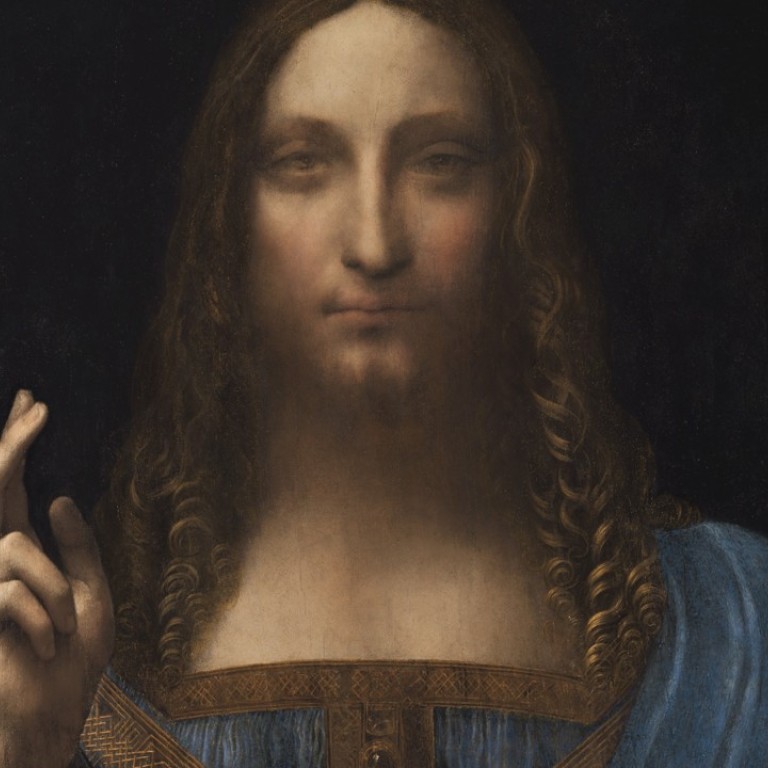Salvator Mundi, the last da Vinci painting in private hands, expected to fetch US$100m at Christie’s

The sale was held in New York City on November 15 as part of Christie’s Post-War and Contemporary Art Evening Sale. The pre-sale estimate for the painting was US$100 million, which now sounds like small change.
Watch: Christie’s global president, draws out aggressive bids from the remaining two phone bidders after the price passed the US$200 million mark:
If you ever wanted to own a Leonardo da Vinci painting, this might be your last chance. It would also help if you had US$100 million to drop.
Da Vinci’s Salvator Mundi, translated as “Saviour of the World”, was believed to have been destroyed until its rediscovery in 2005. It will be sold by Christie’s at the Rockefeller Plaza in New York City on November 15 as part of its Post-War and Contemporary Art sale.
It is the last da Vinci painting in private hands, as well as one of fewer than 20 da Vinci paintings known to exist. The last time a da Vinci painting was discovered before the 2005 discovery was in 1909.
Called “the greatest rediscovery of the 21st century” by Christie’s, the painting dating from around 1500 depicts Jesus Christ as a messiah and symbol of protection as well as good fortune. A crystal orb is placed in his left hand, while his right hand is raised in benediction.
“The Salvator Mundi is the Holy Grail of old master paintings. Long-known to have existed, and long-sought after, it seemed just a tantalisingly unobtainable dream until now,” says Alan Wintermute, senior specialist, Old Master Paintings at Christie’s. “It has been more than a century since the last such painting turned up.”
He added: “The word ‘masterpiece’ barely begins to convey the rarity, importance and sublime beauty of Leonardo’s painting.”
The painting was first recorded in the royal collection of King Charles I (1600-1649) and was believed to have been hung in his wife’s palace in Greenwich. FThereafter, the painting’s existence was marked by periods of silence when it disappeared from records before popping up every so often.
When it was acquired in 1900, parts of the painting – the face and hair of Jesus Christ – were painted over. And in 1958, it was sold at Sotheby’s for just £45. After its re-emergence in 2005, it took six years to authenticate it.
“Salvator Mundi was painted in the same time frame as the Mona Lisa, and they bear a patent compositional likeness,” says Loic Gouzer, chairman of Christie’s post-war and contemporary art, New York. “No one will ever be able to fully grasp the wonder of Leonardo’s paintings, just as no one will ever be able to fully know the origins of the universe.”
The painting will be shown to the public in Hong Kong from October 13-16, before it travels to San Francisco, London and New York.

‘Holy Grail of old master paintings’ will go under the hammer in New York City on November 15